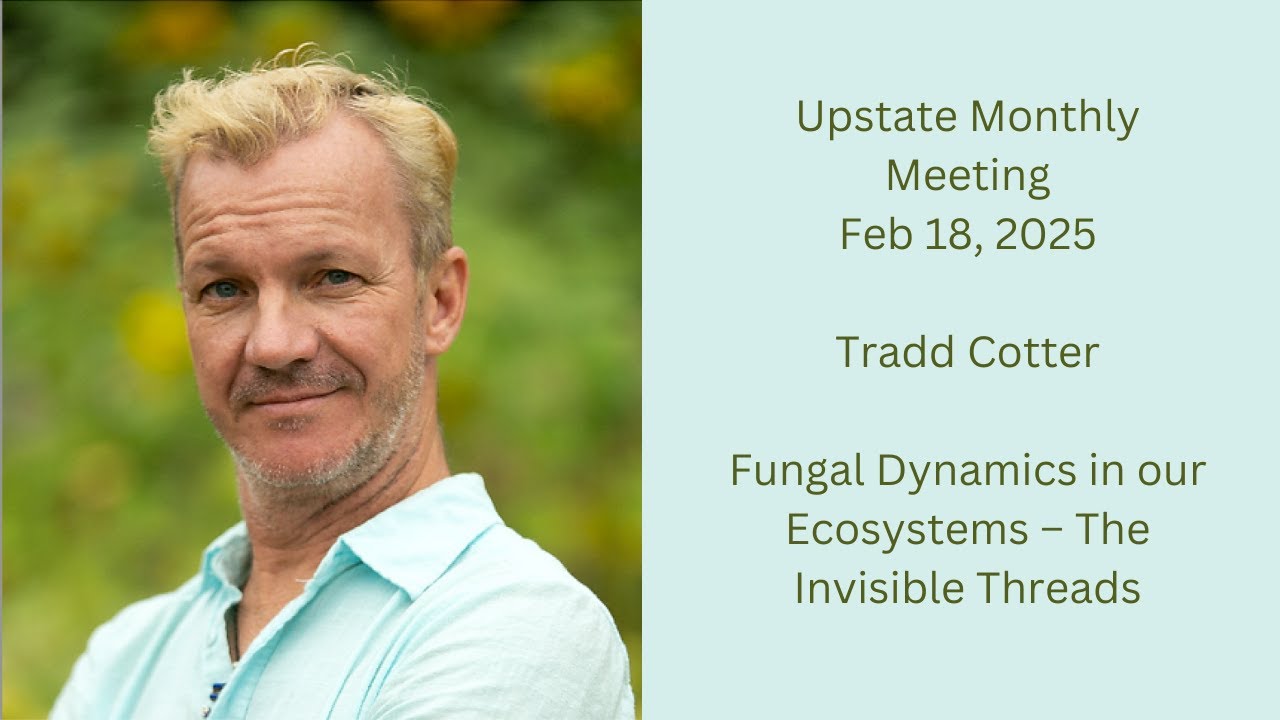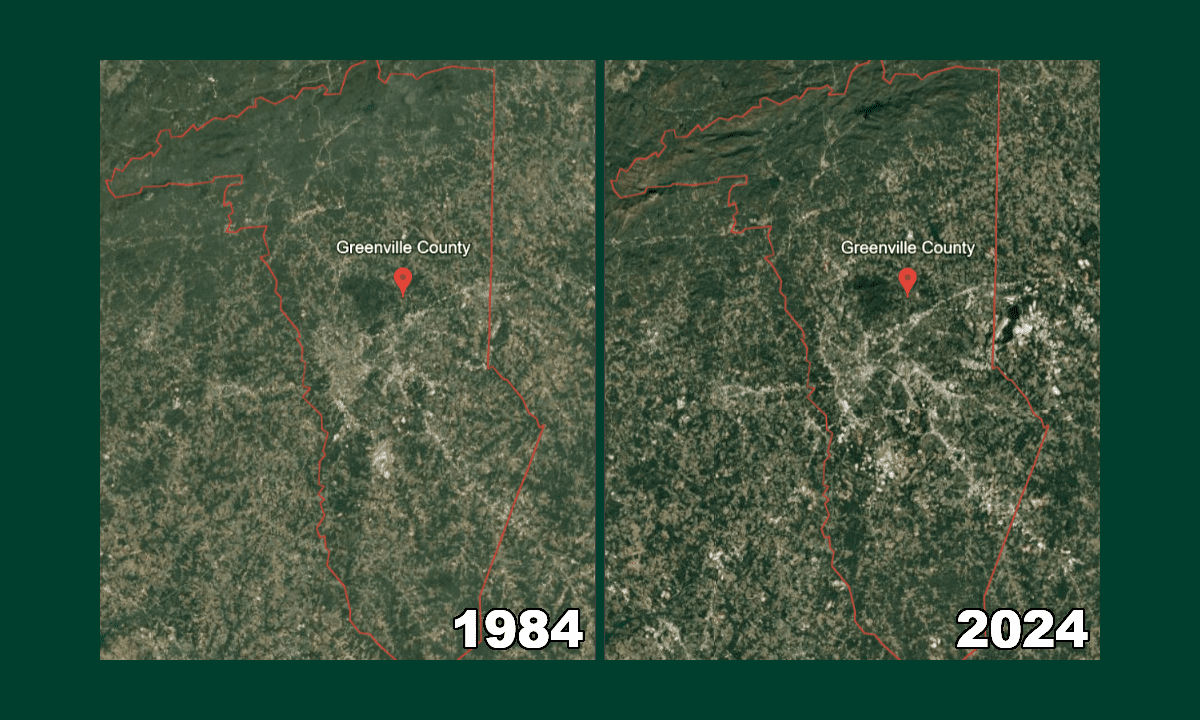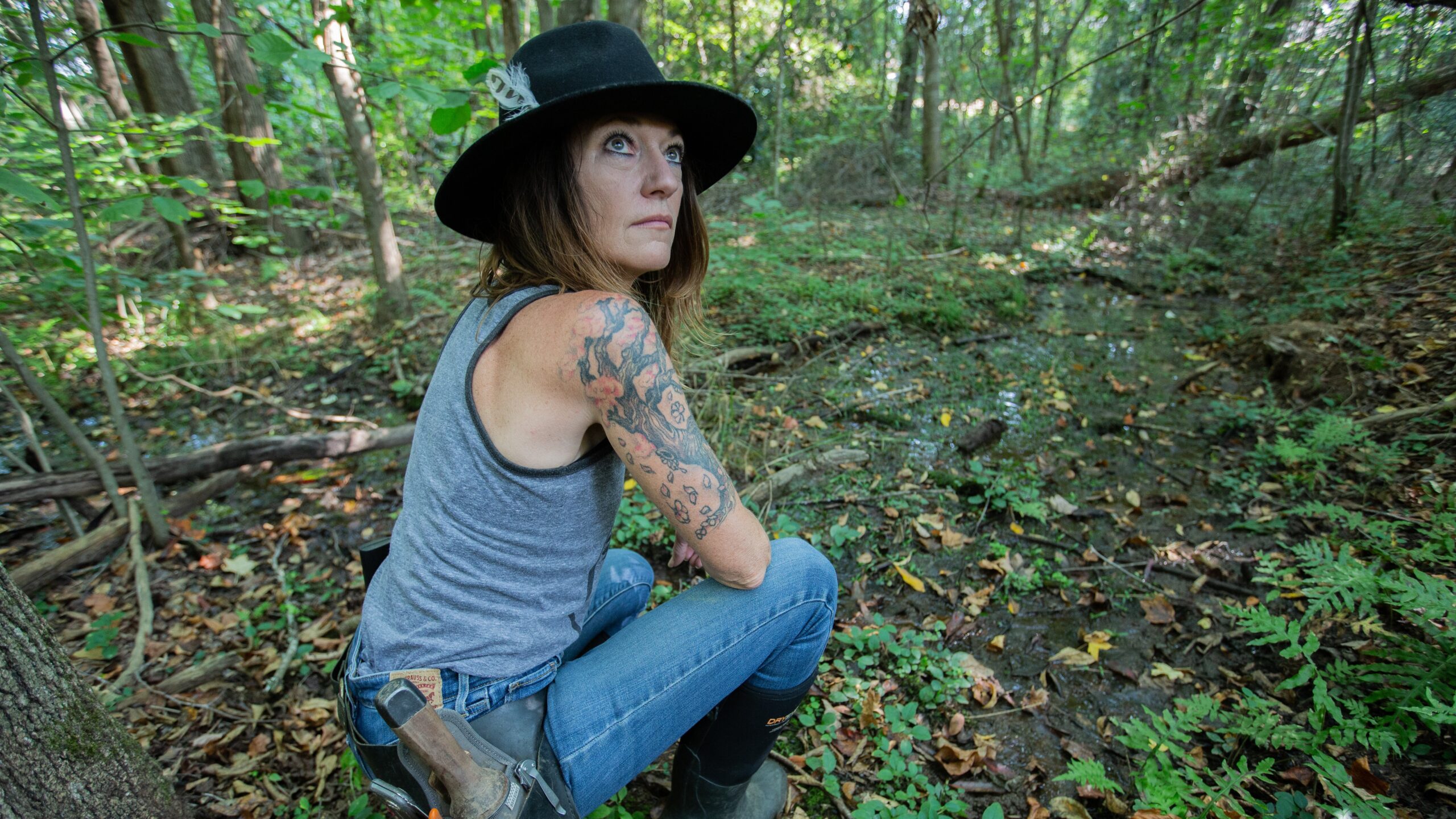At the Upstate Chapter’s monthly meeting in February 2025, mycologist Tradd Cotter gave a high-energy, eye-opening presentation that redefined the way we think about mushrooms and their role in the environment. With decades of research and a contagious curiosity, Tradd shared how fungi operate as critical partners in ecological health—from soil regeneration to pest control.
He emphasized that fungi are more than decomposers. They form intricate partnerships with plant roots, recycle nutrients, hold soil in place, and even produce compounds that can break down pollutants and outcompete harmful pathogens. These organisms, largely invisible to the casual observer, are shaping ecosystems in ways science is only beginning to understand.
Looking ahead, Tradd highlighted a number of opportunities and challenges:
-
Restoring Soil Health: Encouraging the use of native mycorrhizal fungi in landscapes to reduce chemical dependence and improve plant resilience.
-
Biological Alternatives to Pesticides: Researching fungi that target invasive insects, like fire ants and spotted lanternflies, offering targeted control without harming pollinators.
-
Climate Resilience: Using fungal networks to stabilize soil and rebuild organic matter lost through erosion, development, and extreme weather.
-
Citizen Science and Conservation: Calling on native plant enthusiasts to help find and document fungi in their own backyards—especially those interacting with insects or rare plants.
Tradd’s message was both urgent and hopeful: if we want thriving ecosystems, we need to recognize fungi not as background players, but as active partners in conservation.
His talk offered a compelling reminder—look closer, and you’ll find fungi working quietly beneath the surface, holding the world together.




